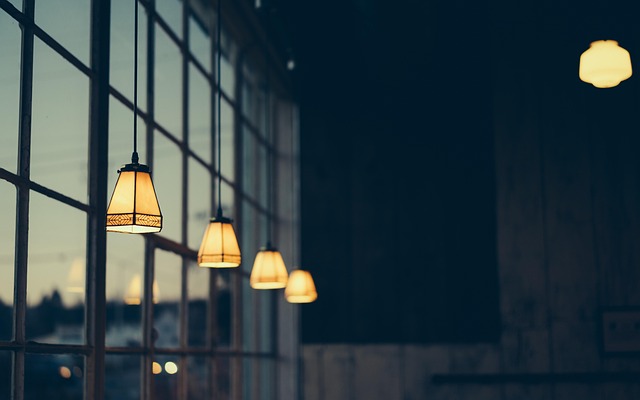Introduction: The Double-Edged Sword of Blue Light
In our modern world, blue light is nearly inescapable. It radiates from our smartphones, illuminates our homes via LEDs, and powers our computer screens. While natural blue light from the sun is vital for daytime alertness and mood, excessive exposure to artificial blue light, especially during evening hours, can sabotage our internal body clock and significantly compromise sleep quality.
Understanding Your Circadian Rhythm: The Body's Master Clock
Think of your circadian rhythm as your body's internal 24-hour master clock. It orchestrates crucial daily cycles, including when you feel sleepy or alert, hormone release patterns, and body temperature fluctuations. This internal clock synchronizes with the external world primarily through light signals. Specialized cells in your eyes' retinas (ipRGCs) act like light sensors, particularly sensitive to blue wavelengths, relaying time-of-day information to your brain.
How Blue Light Tricks Your Brain and Suppresses Melatonin

When darkness falls, your brain's pineal gland normally produces melatonin, the 'sleep hormone,' signaling that it's time to wind down. However, evening exposure to blue light interferes with this natural process. The ipRGCs detect the blue light and send a 'daytime' signal to the brain's central clock (the suprachiasmatic nucleus or SCN). The SCN then instructs the pineal gland to halt melatonin production.
Essentially, blue light exposure in the evening tricks your brain into thinking it's still daytime, making it harder to fall asleep, reducing sleep quality, and potentially shifting your entire sleep schedule later.
Common Sleep Issues Linked to Blue Light Exposure

- **Insomnia:** Chronic difficulty falling asleep, staying asleep, or experiencing non-restorative sleep.
- **Delayed Sleep-Wake Phase Disorder (DSWPD):** A shift in the internal clock causing persistent difficulty falling asleep until late at night and waking up late in the morning.
- **Reduced Sleep Quality:** Even if you sleep for enough hours, blue light can decrease time spent in deep, restorative sleep stages.
- **Increased Sleep Latency:** Taking longer to fall asleep after getting into bed.
Strategies to Minimize Blue Light's Negative Impact
- **Establish a Digital Curfew:** Power down screens (phones, tablets, computers, TVs) at least 1-2 hours before your intended bedtime.
- **Utilize Night Mode Filters:** Activate built-in 'Night Shift' (Apple), 'Night Light' (Android/Windows), or install apps like f.lux to warm the screen color temperature in the evening.
- **Wear Blue-Blocking Glasses:** Consider wearing glasses specifically designed to filter out blue light (often amber or red-tinted) during evening hours.
- **Optimize Evening Lighting:** Swap bright, cool-toned LED or fluorescent bulbs for dim, warm-toned (red/orange/yellow) lamps in the hours before bed.
- **Seek Morning Sunlight:** Expose yourself to natural sunlight shortly after waking up to help anchor your circadian rhythm.
Conclusion: Take Control of Your Light Environment
While blue light is an inherent part of modern life, understanding its powerful influence on our sleep and circadian rhythm empowers us to mitigate its downsides. By consciously managing our light exposure, particularly in the evening, we can significantly improve sleep quality, enhance daytime functioning, and support our overall long-term health. Prioritizing sleep hygiene in our digital world isn't a luxury—it's a necessity.